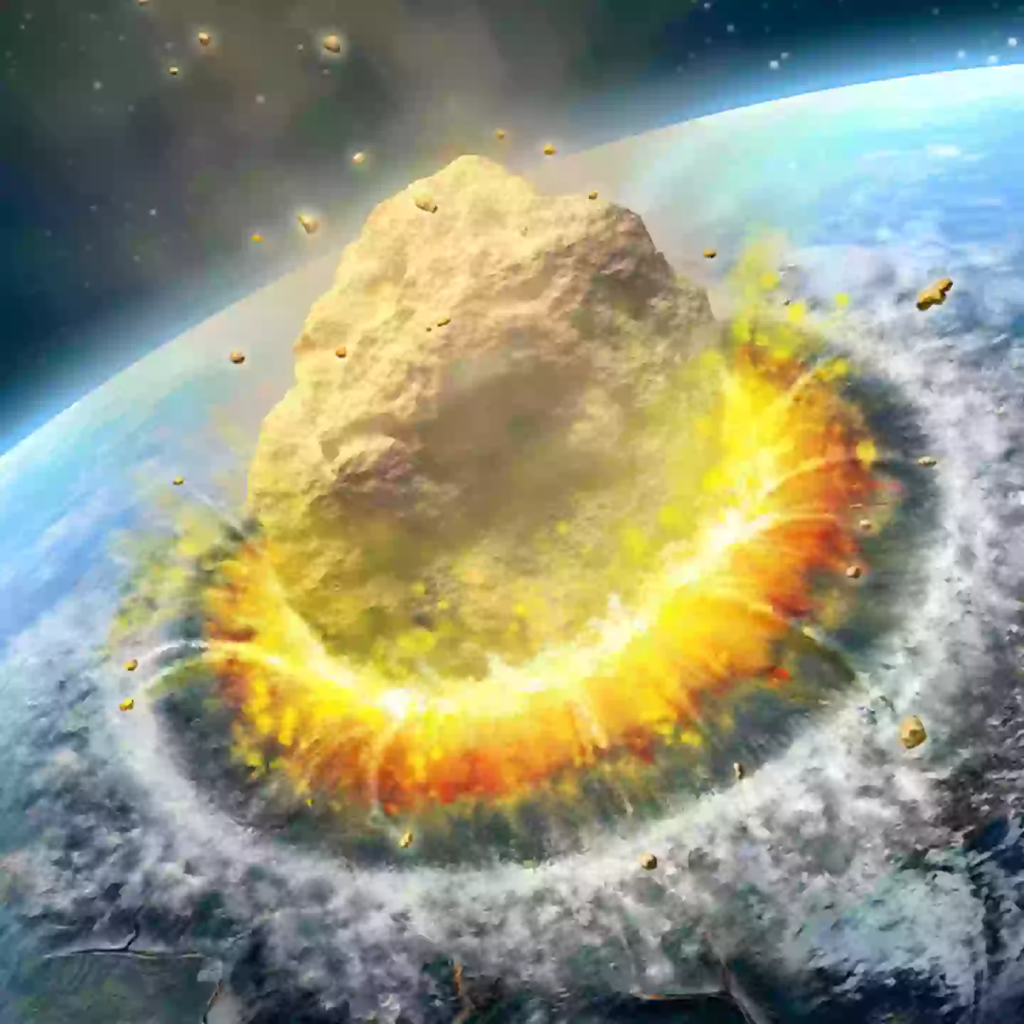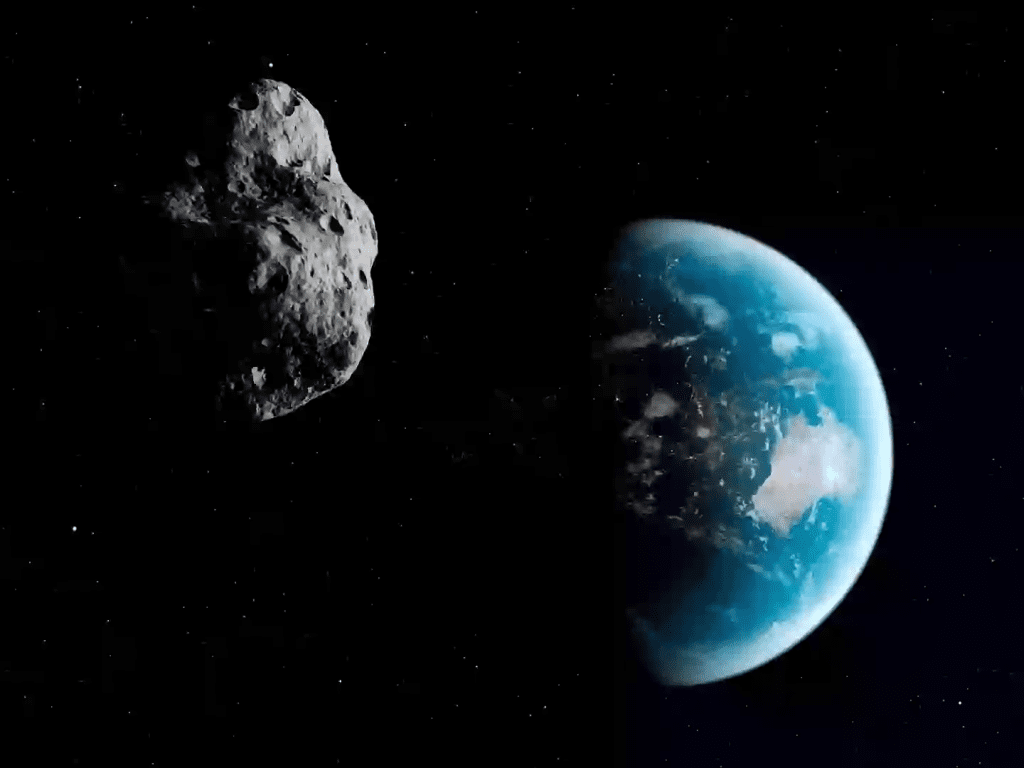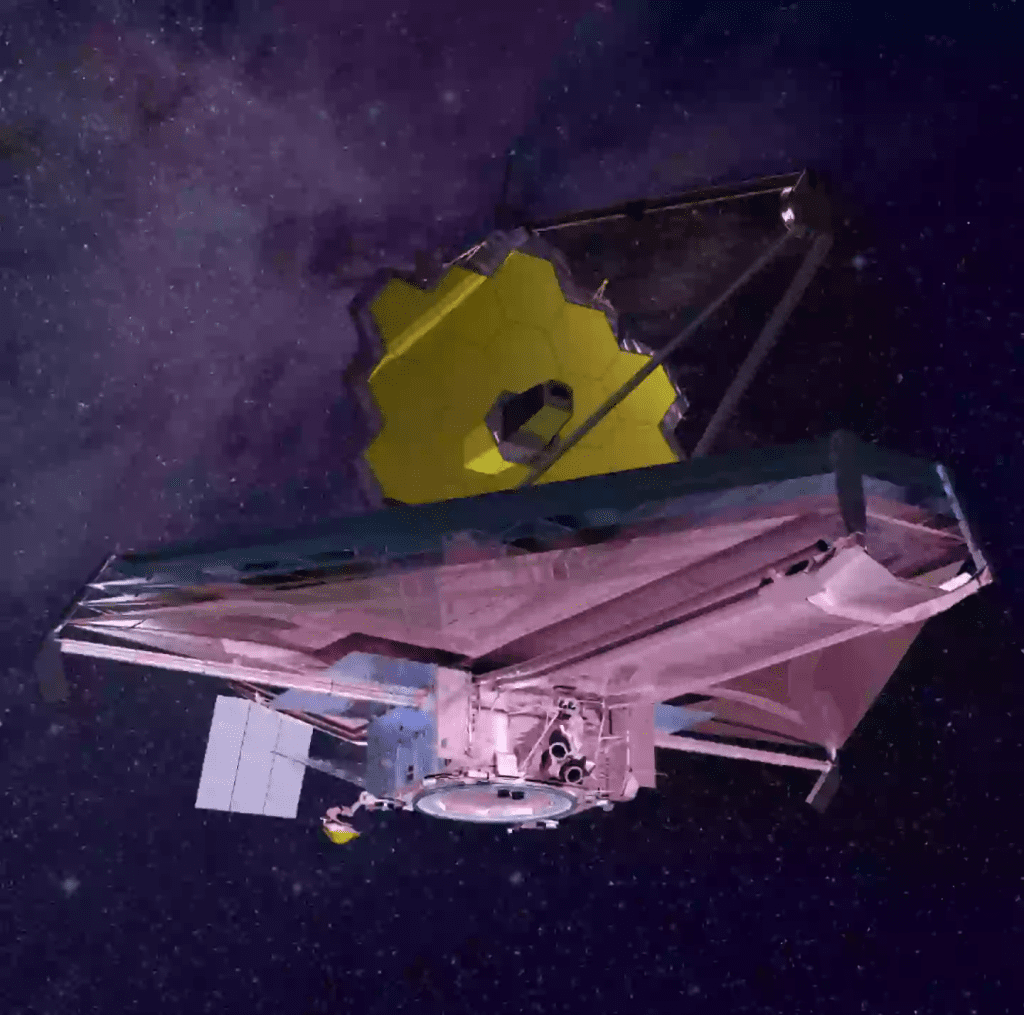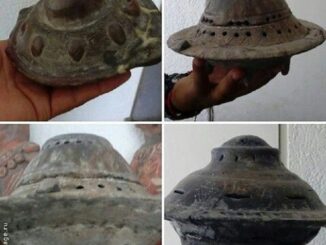
NASA has made a critical decision regarding the increasing threat of asteroid 2024 YR4, a massive “city-killer” rock that is currently on a trajectory that may bring it dangerously close to Earth within the next decade. The 300-foot-wide asteroid, which was first detected in December 2024, is continuing to capture the attention of scientists and space agencies as the probability of its collision with our planet steadily increases.
Despite being approximately 27 million miles away, 2024 YR4 has the potential to cause catastrophic damage if it were to strike Earth. Experts estimate that it could destroy an entire city upon impact, and current projections indicate a possible crash site somewhere between South America and sub-Saharan Africa. When first discovered, scientists estimated that the asteroid had only a 1% chance of colliding with Earth. However, recalculations have now pushed this probability up to 2.3%, a jump that has raised serious concerns.
In response to this rising threat, NASA has made the decision to ramp up its efforts to study and monitor the asteroid. One of the key tools being used is the James Webb Space Telescope, the most powerful telescope of its kind, which is set to provide critical insights into the asteroid’s size and trajectory. This move is seen as crucial, as 2024 YR4 will soon become too far from Earth to be properly observed until 2028, making the limited window of observation even more pressing.
Using the James Webb Telescope, NASA aims to get a more accurate picture of the asteroid’s composition and orbit. The current methods of analysis rely on light reflected from the Sun, but by employing the MIRI (Mid-InfraRed Instrument) on the Webb telescope, scientists will be able to observe the infrared light emitted by the asteroid itself. This will allow for a far clearer understanding of its characteristics, including its size, which is critical for assessing the potential threat it poses.

The European Space Agency (ESA) emphasizes the importance of improving the accuracy of these size estimates. As ESA experts point out, the hazard presented by an asteroid that is 40 meters in diameter is very different from one that is 90 meters across. Having an accurate measurement of the asteroid’s size will directly influence predictions about the potential impact and the level of destruction it could cause.
NASA’s study of 2024 YR4 will not only help determine whether Earth is truly at risk but will also provide valuable data that could guide future asteroid mitigation efforts. The potential for a collision with a “city-killer” asteroid has led some scientists to suggest that humanity should begin exploring strategies to deflect such objects before they can strike, as demonstrated in NASA’s previous DART (Double Asteroid Redirection Test) mission.
The next phase of research will begin in early March when scientists will start using the James Webb Telescope to gather data on the asteroid. Another round of analysis is planned for May, which could provide even more detailed information as 2024 YR4 moves further from the Sun. These new observations will be crucial in determining the asteroid’s velocity, orbit, and, ultimately, its potential threat to Earth.

While there is still time to observe and understand the risks posed by 2024 YR4, NASA’s heightened focus on this asteroid is a reminder of the vulnerability of our planet to the unpredictable forces of space. The agency’s use of cutting-edge technology, such as the James Webb Telescope, marks a significant step in safeguarding Earth from potential asteroid impacts in the future.


